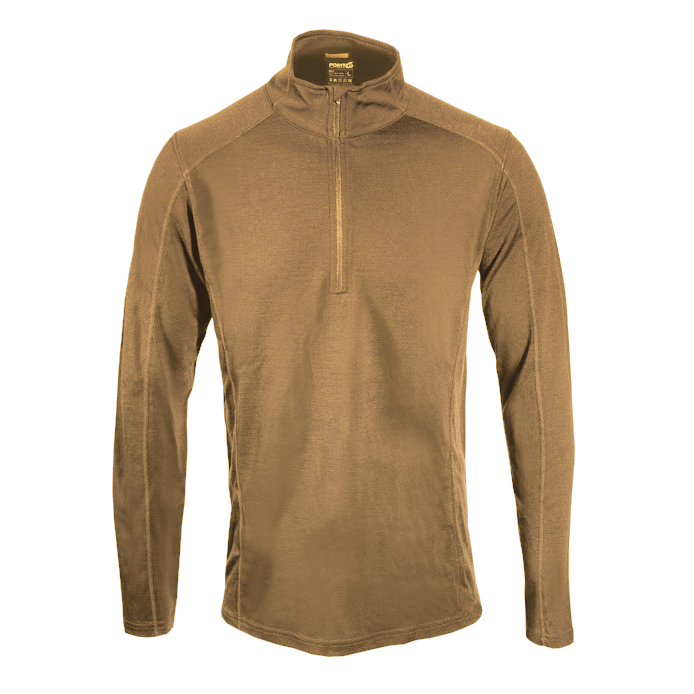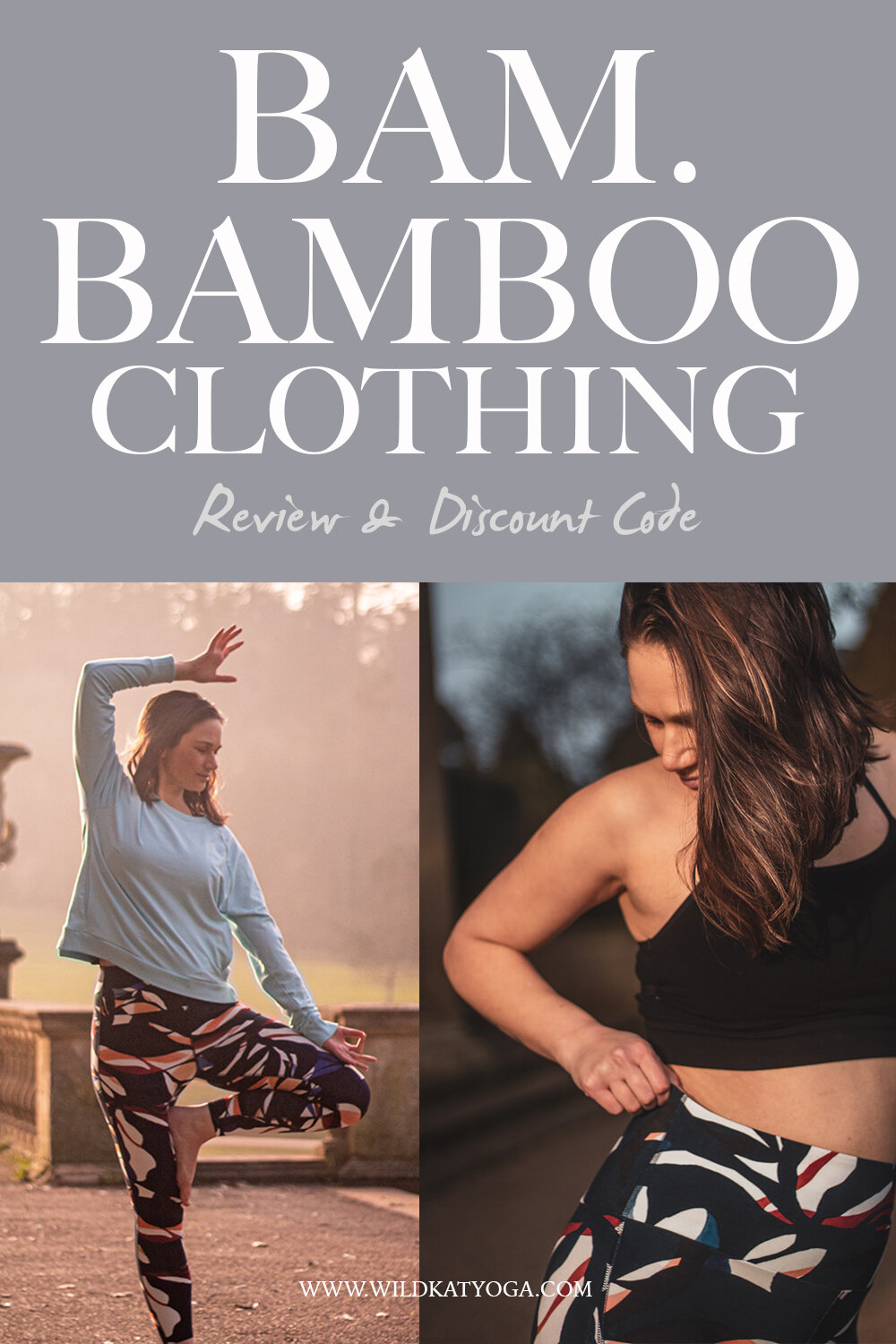Handy Suggestions To Picking Bamboo Clothing
Wiki Article
What Makes The Yak Merino Wool Base Layers So Effective For Winter Sports Clothing With Regards To Natural Fiber Benefits?
Natural fibers are a fantastic choice for base layers in winter sports clothing, not just because of their performance but also for their sustainability.
Merino and Yak are both natural fibers derived from animals. These are renewable resources that are harvested sustainably, without harming animals. These fibers are biodegradable, which means that they break down naturally without causing environmental harm.
Low Environmental Impact
Natural fibers typically have a lower environmental impact than synthetics. The harvesting and cultivation of wool is less involving chemicals and less non-renewable materials compared with synthetic fibers.
Energy EfficiencyEnergy Efficiency
Wool fibers consume less energy to process than synthetic fibers such as nylon or polyester. The process of making natural wool uses less energy and decreases carbon emissions.
Microplastic pollution is reduced
Natural wool fibers are not in charge of microplastic pollution in waters Contrary to synthetic fibers, which shed microplastics when washed.
Longevity of the product and its Recyclability
Yak merino clothes are usually durable and last for a long duration. Wool fibers can be reused and reused. This decreases consumption and also the impact on the environment.
Sustainable Practices
Wool producers and manufactures adhere to ethical, sustainable practices. They adhere to animal welfare, management of land which is accountable and fair working conditions for laborers involved in the production chain.
Environmental Certification-
Certifications such as the Responsible Wool Standard and the Global Organic Textile Standard verify ethically and environmentally responsible practices used to produce wool. This provides consumers with confidence regarding sustainability.
As a whole yak Merino wool base layers are environmentally sustainable since they are constructed from natural fibers, have a low environmental impact, and incorporate sustainable and ethical practices in the supply chain. This is because natural fibers are sustainable. Have a look at the most popular article source for merino wool base layer for website info including merino base layer cycling, spyder baselayer, merino wool thermals, base layer for warmth, smartwool men's classic thermal merino base layer crew, best merino base layer, ski base layer pants, merino wool thermal underwear, best wool base layer, ski thermals and more.

What Are The Benefits Of Bamboo Clothing?
Bamboo clothing is a great choice for those looking to maximize their benefits in terms of thermal regulation and UV protection.
Insulation- Bamboo fabric has natural thermal-regulating properties that provide warmth in cold temperatures while remaining breathable. It regulates body temperature by retaining heat when temperatures are cooler and also allowing airflow to prevent overheating while exercising.
UV Protection
UV Resistance- Bamboo fabrics provide natural protection from harmful UV Rays. It could be an additional layer to protect against sun exposure by blocking a significant amount of ultraviolet radiation.
Biodegradability-
Eco-friendly- Bamboo clothes are biodegradable. It degrades without harmful residues and doesn't contribute to pollution to the environment. This means that clothing waste is reduced and also its impact on the environment.
Environmental Impact-
Sustainability- As a raw material, bamboo is extremely sustainable. It grows rapidly and abundantly without the necessity of pesticides or chemical fertilizers, thus reducing the impact on the environment of cultivation. The speed of growth is what makes it a sustainable resource.
Low Water Use- Bamboo uses less water than other crops like cotton, which makes it more efficient with water. This helps in conservation efforts and lessens water resource strain.
Soil Conservation
Soil health - Bamboo cultivation isn't a typical way to reduce soil nutrients or require intensive irrigation. This can lead to better soil conditions.
Carbon Sequestration
Carbon Absorption - Bamboo plants have the ability to absorb more CO2 and release more oxygen into the atmosphere when compared with other species. This attribute helps reduce carbon emissions and fight climate change.
Bamboo clothing is a great option for those looking to dress in clothes that are both functional and sustainable. These qualities align with environmental mindful practices and offer advantages to the environment and the wearer. Have a look at the top rated koraoutdoor.com winter clotihng for blog info including bamboo t shirts wholesale, women's freefly apparel, bamboo brand jeans, shakuhachi clothes, mens boxer shorts bamboo, bamboo cay christmas shirts, onno bamboo shirts, bamboo jeans brand, bamboo yoga pants, mens bamboo clothing and more.

What Is The Texture, Warmth, And Moisture Absorption Of Merino Or Bamboo Compare To That Of Wool?
The most crucial aspect to take into account when comparing merino clothing with traditional bamboo clothing and wool.
Merino Wool Merino Wool is made of more fine fibers and is soft than traditional wool. It is regarded as more comfortable.
Bamboo Clothing - Bamboo fabric has a silky, smooth texture. It is often considered luxurious, like cashmere or silk. The fabric is soft, which makes it ideal for comfortable wear.
Traditional Wool - Traditional wool's texture can differ. Some varieties are more coarse, and may cause more itchiness than merino clothing or bamboo clothing.
Warmth-
Merino- Merino provides exceptional warmth thanks to its insulation properties. Even when damp, it retains warmth and provides excellent insulation in cold winter conditions.
Bamboo ClothingBamboo clothing can be warm, but it may not provide the same degree of insulation like merino wool. It does regulate the body's temperature and can be comfortable in all kinds of weather conditions.
Traditional Wool- Much like wool from merino, traditional wool provides warmth and insulation. However, it can sometimes appear heavier or bulkier when in comparison to bamboo or merino clothing.
Moisture Absorption-
Merino Wool Merino Wool's moisture-wicking property allows moisture to go away from the skin. It remains warm even when it is damp.
Bamboo clothing - Bamboo fabrics will also absorb moisture making it comfortable for active people. Bamboo clothing regulates moisture and helps keep wearers dry.
Wool is not as moisture-wicking as bamboo or the merino. If wet, certain types of wool may appear heavy and damp.
Summary: Merino Wool is known for being soft, warm and has exceptional moisture-wicking qualities. Bamboo clothing is smooth and silky texture. It is warm and regulates moisture effectively. Wool clothing comes in a variety of textures, and offer the warmth and absorbency of moisture However, it may appear coarser or heavier than merino and bamboo clothing. Each type of material has distinct characteristics, and caters to various preferences and requirements in clothing. Check out the top rated bamboo winter clothing for blog recommendations including merino wool base layer pant, ski base layer womens, baselayer bottom, best wool base layer, wool thermals womens, first lite merino wool base layer, merino long underwear, best base layer for skiing women's, smartwool long sleeve, wool long underwear women's and more.
